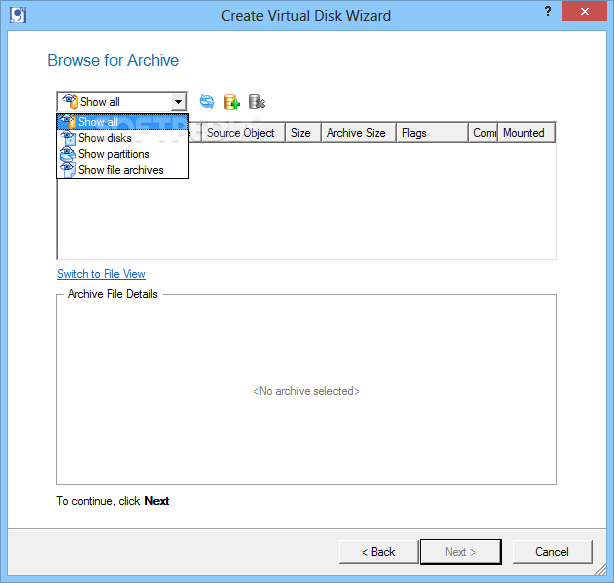
- Paragon extfs write to disk install#
- Paragon extfs write to disk upgrade#
- Paragon extfs write to disk android#
- Paragon extfs write to disk code#
Features Large file system The ext4 filesystem can support volumes with sizes up to 1 exbibyte (EiB) and single files with sizes up to 16 tebibytes (TiB) with the standard 4 KiB block size.
Paragon extfs write to disk android#
On 14 December 2010, Google also announced it would use ext4, instead of YAFFS, on Android 2.3.
Paragon extfs write to disk upgrade#
On 15 January 2010, Google announced that it would upgrade its storage infrastructure from ext2 to ext4. Kernel 2.6.28, containing the ext4 filesystem, was finally released on 25 December 2008.
Paragon extfs write to disk code#
On 11 October 2008, the patches that mark ext4 as stable code were merged in the Linux 2.6.28 source code repositories, denoting the end of the development phase and recommending ext4 adoption. Ī preliminary development version of ext4 was included in version 2.6.19 of the Linux kernel.

This proposal was accepted, and on 28 June 2006, Theodore Ts'o, the ext3 maintainer, announced the new plan of development for ext4. However, other Linux kernel developers opposed accepting extensions to ext3 for stability reasons, and proposed to fork the source code of ext3, rename it as ext4, and perform all the development there, without affecting existing ext3 users. The ext4 journaling file system or fourth extended filesystem is a journaling file system for Linux, developed as the successor to ext3.Įxt4 was initially a series of backward-compatible extensions to ext3, many of them originally developed by Cluster File Systems for the Lustre file system between 20, meant to extend storage limits and add other performance improvements. Modification (mtime), attribute modification (ctime), access (atime), delete (dtime), create (crtime)Īcl, bh, bsddf, commit=nrsec, data=journal, data=ordered, data=writeback, delalloc, extents, journal_dev, mballoc, minixdf, noacl, nobh, nodelalloc, noextents, nomballoc, nombcache, nouser_xattr, oldalloc, orlov, user_xattr ģB8F8425-20E0-4F3B-907F-1A25A76F98E8: GPT /srv (server data) partition.Ĥ billion (specified at filesystem creation time)Īll bytes except NUL ('\0') and '/' and the special file names "." and "." which are not forbidden but are always used for a respective special purpose. Mingming Cao, Andreas Dilger, Alex Zhuravlev (Tomas), Dave Kleikamp, Theodore Ts'o, Eric Sandeen, Sam Naghshineh, othersĮBD0A0A2-B9E5-4433-87C0-68B6B72699C7: GPT Windows BDP. See also the fix for problems clicking "allow" for the "System Extension Blocked" message for osxfuse, and the osxfuse docs for mount options, such as allow_other and defer_permissions.Short description: Journaling file system for Linux append /Groups/operator GroupMembership "$(whoami)" Here using whoami to find your current username.
Paragon extfs write to disk install#
brew cask install osxfuseĪccording to the docs, you might also have to add to the operator group. Install both ext4fuse and osxfuse using Homebrew. On macOS Sierra the option -o allow_other is needed, as in: ext4fuse /dev/diskNsM $HOME/tmp/my-linux-mount -o allow_other mkdir -p "$HOME/tmp/my-linux-mount"Įxt4fuse "/dev/diskNsM" "$HOME/tmp/my-linux-mount"

You can find these appropriate numbers for your machine in OS X' Disk Utility or by running diskutil list on the command line.

However, it should work on top of any FUSE implementation.īasic usage, where N and M in /dev/diskNsM are the disk and partition numbers (such as 7 and 1) of your Ext4 ("Linux") data. The main reason this exists is to be able to read linux partitions from OSX. Ext4fuse This is a read-only implementation of ext4 for FUSE.


 0 kommentar(er)
0 kommentar(er)
